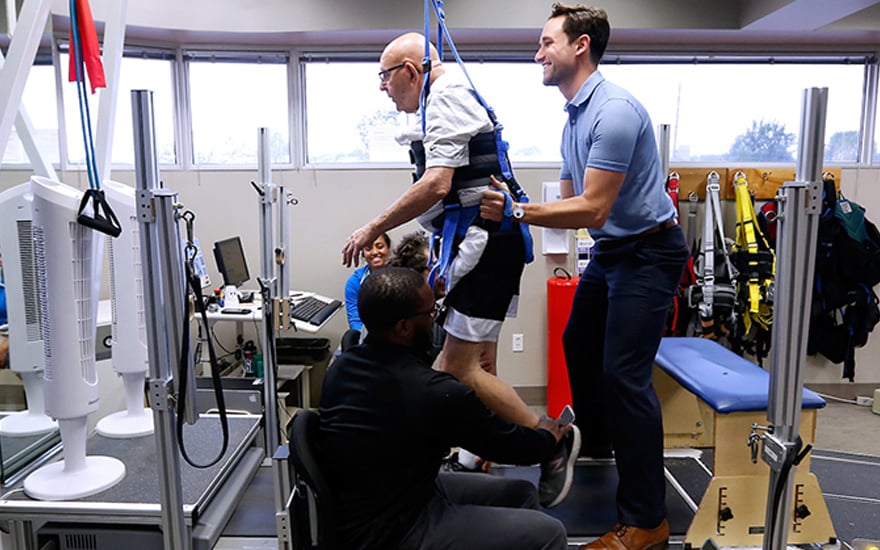Understanding various Approaches for Physical Rehabilitation for Improved Restoration plus Restoration
Understanding various Approaches for Physical Rehabilitation for Improved Restoration plus Restoration
Blog Article
Physiological rehabilitation represents a significant aspect of healing and rehabilitation for a lot of patients. It helps people recover strength, boost mobility, and alleviate pain subsequent to injuries or surgeries or surgeries. Numerous methods to physical treatment, all designed to address the particular needs of clients. Comprehending these various methods can help people take informed determinations about their rehabilitation path.
A common technique to physical treatment is hands-on therapy. Such technique includes direct therapy by a physiological therapist to handle muscles and connections. Hands-on therapy can assist relieve soreness, enhance blood flow, and increase mobility. Therapists may employ techniques such as kneading, articulation adjustment, and flexibility exercises to help patients heal. This method is frequently advantageous for those with skeletal issues, such as back discomfort or arthritis, as it concentrates on the bodily aspects of recovery.
An additional crucial technique is rehabilitative movement. Such approach involves targeted activities crafted to boost vigor, balance, and dexterity. Physiological specialists develop tailored physical activity regimens based on the patient's situation and objectives. These movements can differ from basic exercises to more advanced exercises. Rehabilitative movement is crucial for regaining strength after an trauma and stopping future complications. It furthermore aids patients recover self-assurance in their physical skills, which is crucial for complete healing.
Aquatic therapy is another effective technique that employs water to support in healing. Such approach utilizes the buoyancy of aqua, which minimizes the pressure on connections and facilitates more comfortable motion. Individuals can execute movements in a swimming pool, making it a fantastic option for those with limited mobility or discomfort. Pool treatment can aid physical therapy for neck pain improve strength, flexibility, and endurance while providing a supportive space for healing. This is notably helpful for patients healing from procedures or those with persistent discomfort issues.
Finally, knowledge and self-management are vital parts of bodily rehabilitation. Physiological practitioners not only deliver therapy but furthermore educate patients about their conditions and how to cope with them. Such entails comprehending anatomical movement, alignment, and the importance of staying involved. With enabling clients with understanding, specialists aid them adopt an proactive part in their healing. Such method motivates clients to persist their rehabilitation outside care appointments, leading to better enduring results.
In conclusion, bodily treatment provides diverse techniques to improve recovery and rehabilitation. Physical rehabilitation, therapeutic movement, aquatic rehabilitation, and education all play crucial parts in helping clients regain their power and mobility. Each technique is customized to meet the individual requirements of patients, providing a holistic approach to recovery. By grasping these various techniques, clients can more effectively navigate their rehabilitation journey and endeavor towards reaching their rehabilitation goals.